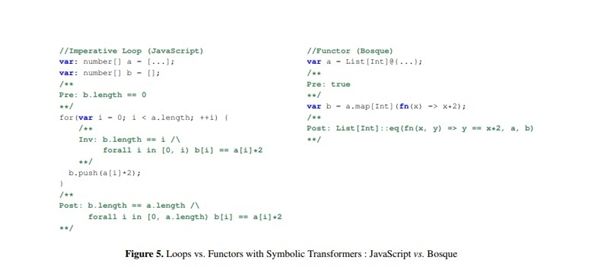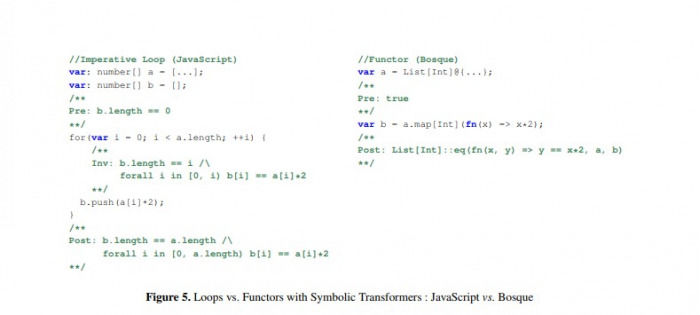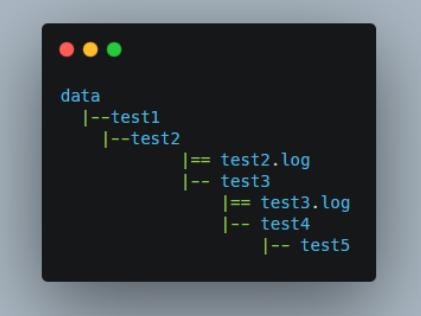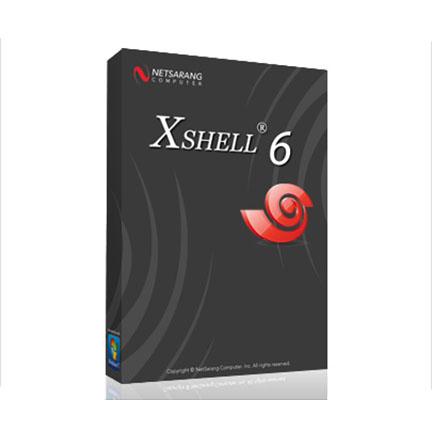MySQL的SELECT语句用法详解
 发布于2023-04-25 阅读(0)
发布于2023-04-25 阅读(0)
扫一扫,手机访问

select语句可 以用回车分隔
$sql="select * from article where id=1"和 $sql="select * from article where id=1"都可以得到正确的结果,但有时分开写或许能 更明了一点,特别是当sql语句比较长时。
批量查询数据
可以用in 来实现$sql="select * from article where id ;in(1,3,5)"
使用concat连接查询的结果
$sql="select concat(id,"-",con) as res from article where id=1"返回 "1-article content"
使用locate
用法: select locate("hello","hello baby");返回1
不存在返回 0使用group by
以前一直没怎么搞明group by 和 order by,其实也满简单的,group by 是把相同的结 果编为一组 exam:$sql="select city ,count(*) from customer group by city"; 这句话的意 思就是从customer表里列出所有不重复的城市,及其数量(有点类似distinct) group by 经常与AVG(),MIN(),MAX(),SUM(),COUNT()一起使用
使用having
having 允许有条件地聚合数据为组$sql="select city,count(*),min(birth_day) from customer group by city having c ount(*)>10"; 这句话是先按city归组,然后找出city地数量大于10的城 市 btw:使用group by + having 速度有点慢 同 时having子句包含的表达式必须在之前出现过
组合子句
where、 group by、having、order by(如果这四个都要使用的话,一般按这 个顺序排列)
使用distinct
distinct是去掉重复值用的$sql="select distinct city from customer order by id desc"; 这句话的意思就是从customer表中查 询所有的不重复的city
使用limit
如果要显示某条记录之后的所 有记录$sql="select * from article limit 100,- 1";
多表查询
$sql="select user_name from user u,membe r m where u.id=m.id and m.reg_date> ;=2006-12-28 order by u.id desc"
注意:如果user和 member两个标同时有user_name字段,会出现mysql错误(因为mysql不知道你到 底要查询哪个表里的user_name),必须指明是哪个表的;
本文转载于:https://www.yisu.com/zixun/667304.html 如有侵犯,请联系admin@zhengruan.com删除
产品推荐
-

售后无忧
立即购买>- DAEMON Tools Lite 10【序列号终身授权 + 中文版 + Win】
-
¥150.00
office旗舰店
-

售后无忧
立即购买>- DAEMON Tools Ultra 5【序列号终身授权 + 中文版 + Win】
-
¥198.00
office旗舰店
-

售后无忧
立即购买>- DAEMON Tools Pro 8【序列号终身授权 + 中文版 + Win】
-
¥189.00
office旗舰店
-

售后无忧
立即购买>- CorelDRAW X8 简体中文【标准版 + Win】
-
¥1788.00
office旗舰店
-
正版软件
- 如何解决PHP验证码复制粘贴导致无法显示的问题
- 解决PHP验证码复制粘贴不显示问题的实用建议在网站开发中,验证码是一种常用的验证手段,用于防止恶意机器人或用户的自动化操作。然而,有时候在实际应用中,我们会遇到验证码复制粘贴不显示的问题,这可能会影响用户体验和网站安全性。本文将提供一些解决PHP验证码复制粘贴不显示问题的实用建议,包括具体的代码示例。解决方法一:使用JavaScript生成验证码一种解决PH
- 10分钟前 验证码 PHP 显示 0
-
 正版软件
正版软件
- JAX-RS 对抗 Spring MVC:RESTful 巨头的对决
- 简介RESTfulapi已经成为现代WEB应用程序中不可或缺的一部分。它们提供了一种标准化的方法来创建和使用Web服务,从而提高可移植性、可扩展性和易用性。在Java生态系统中,JAX-RS和springmvc是构建RESTfulAPI的两个最受欢迎的框架。本文将深入探讨这两种框架,比较它们的特性、优势和劣势,帮助您做出明智的决定。JAX-RS:JAX-RSAPIJAX-RS(JavaAPIforRESTfulWebServices)是由JavaEE开发的标准JAX-RSAPI,用于开发RESTfulWe
- 25分钟前 Java JAX-RS 0
-
 正版软件
正版软件
- Java 和 Kubernetes:共谋未来,迎接变革
- Kubernetes与Java的强强联手kubernetes是一个开放源代码容器编排平台,用于自动化容器管理、网络和存储。它使开发人员能够管理复杂且分布式的应用程序,从而提升应用程序的可用性、可扩展性和管理效率。Java是一种流行的编程语言,广泛用于开发各种企业级应用程序。其强类型的特性、稳健性和跨平台能力使Java成为Kubernetes容器中部署应用程序的理想选择。好处:1.容器化带来的好处:应用程序隔离和便携性:Kubernetes容器将Java应用程序与基础设施隔离,从而提高应用程序的可靠性和可移
- 40分钟前 DevOps Java 微服务 容器化 部署自动化 0
-
 正版软件
正版软件
- PHP面向对象编程中继承和多态的重要性
- 在面向对象编程(OOP)中,继承和多态是两个极具魅力的概念,它们使代码更加灵活、可复用,并有助于构建更复杂、更健壮的应用程序。继承:继承是一种代码重用机制,它允许一个类从另一个类(称为父类或基类)继承属性和方法。继承的本质是派生一个新类(称为子类或派生类)来扩展父类的行为和特性。子类可以继承父类的所有非私有成员,包括属性和方法。语法演示:classParentClass{protected$name;publicfunctiongetName(){return$this->name;}}classC
- 55分钟前 PHP 对象 类 面向对象编程 继承 多态 0
-
 正版软件
正版软件
- Java和Kubernetes:推动应用现代化的交汇点
- Java和kubernetes的结合正在改变应用程序的开发和部署方式,为现代化和数字化转型铺平道路。本文将深入探讨Java和Kubernetes的交汇点,展示它们如何简化部署、提高可伸缩性和实现自动化。容器化Java应用程序容器化进程将应用程序打包到称为容器的可移植执行环境中。Kubernetes是管理和编排这些容器的容器编排平台。将Java应用程序容器化可以带来许多好处,包括:快速部署:容器可以快速轻松地部署到Kubernetes集群,减少了部署时间。可移植性:容器可以在任何支持Kubernetes的环
- 1小时前 02:54 Java 微服务 容器化 应用程序现代化 0
最新发布
-
 1
1
-
 2
2
-
3
- Vue组件中如何处理图片预览和缩放问题
- 447天前
-
 4
4
-
 5
5
-
 6
6
- Python实战教程:批量转换多种音乐格式
- 618天前
-
7
- WebSocket协议的优势与劣势分析
- 449天前
-
8
- java动态代理实例代码分析
- 619天前
-
 9
9
- java io文件操作删除文件或文件夹的方法
- 616天前
相关推荐
热门关注
-

- Xshell 6 简体中文
- ¥899.00-¥1149.00
-

- DaVinci Resolve Studio 16 简体中文
- ¥2550.00-¥2550.00
-

- Camtasia 2019 简体中文
- ¥689.00-¥689.00
-

- Luminar 3 简体中文
- ¥288.00-¥288.00
-

- Apowersoft 录屏王 简体中文
- ¥129.00-¥339.00